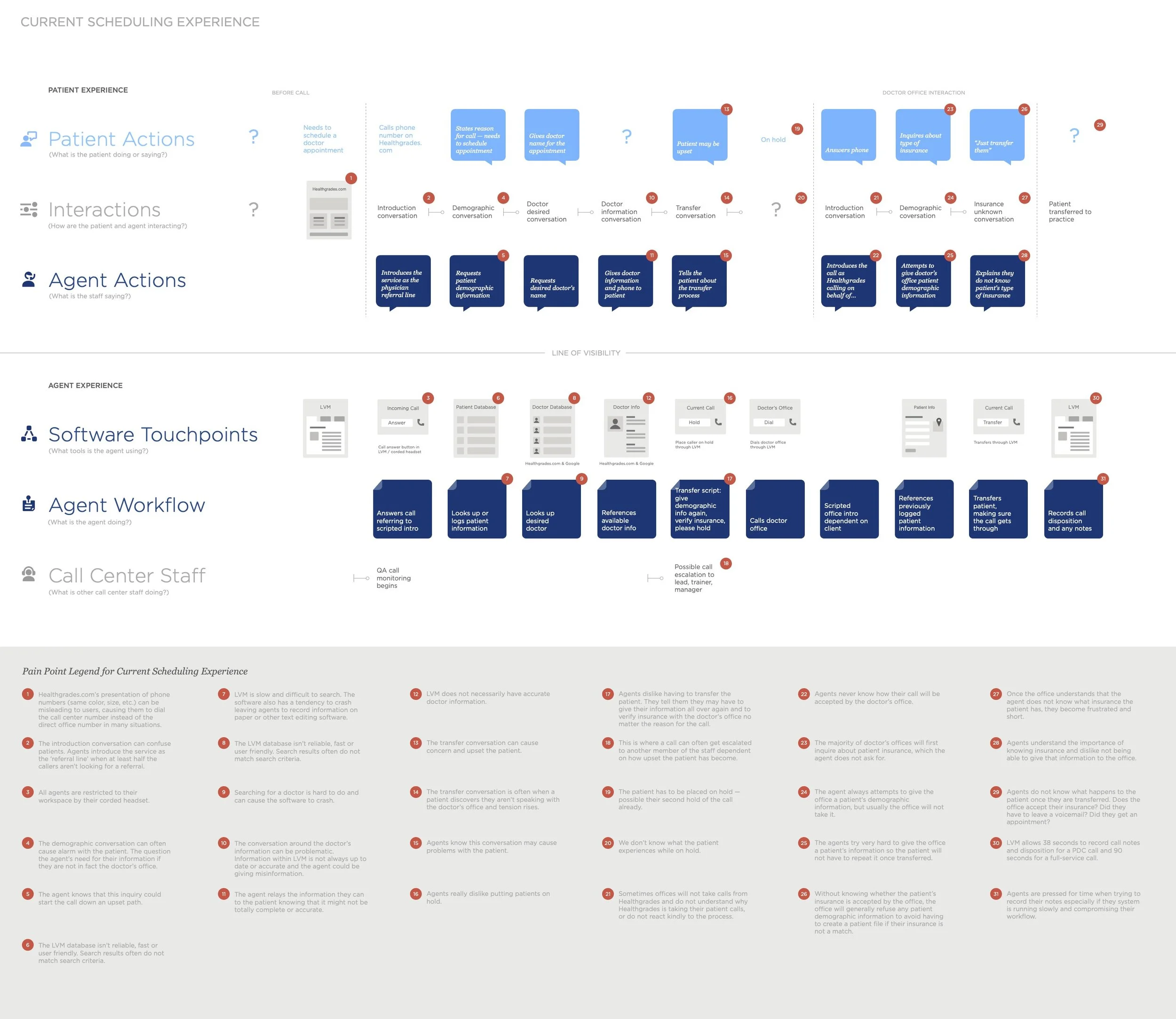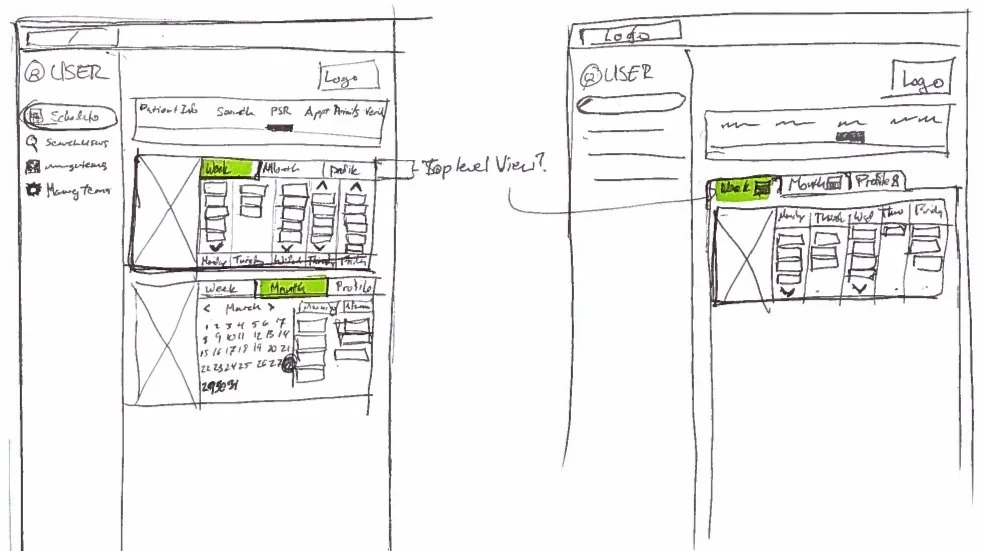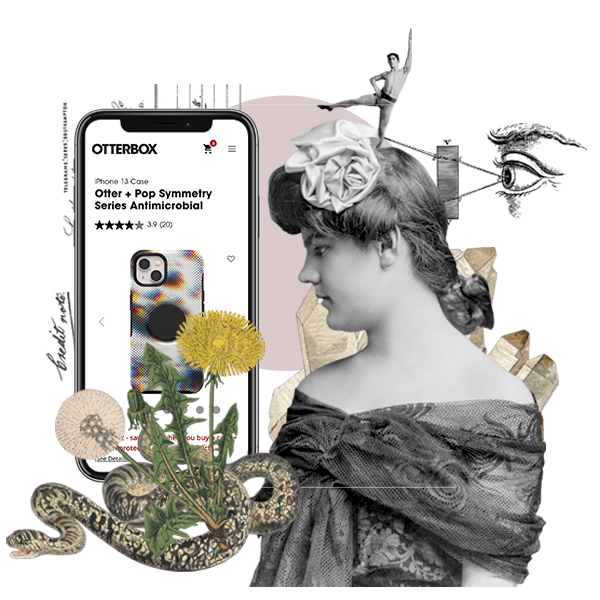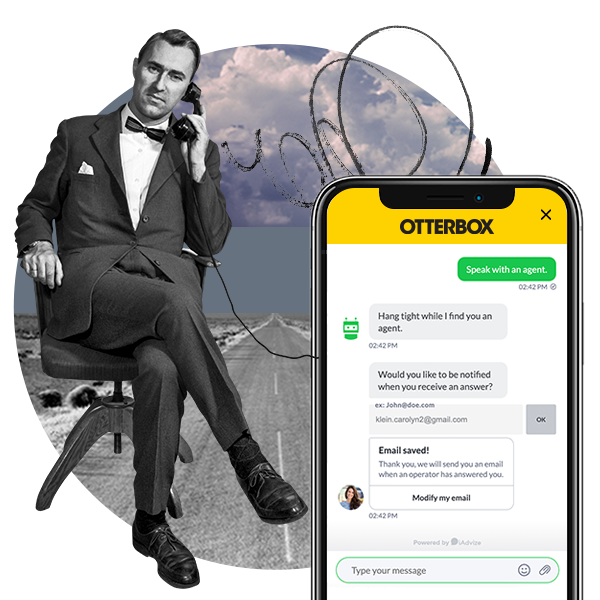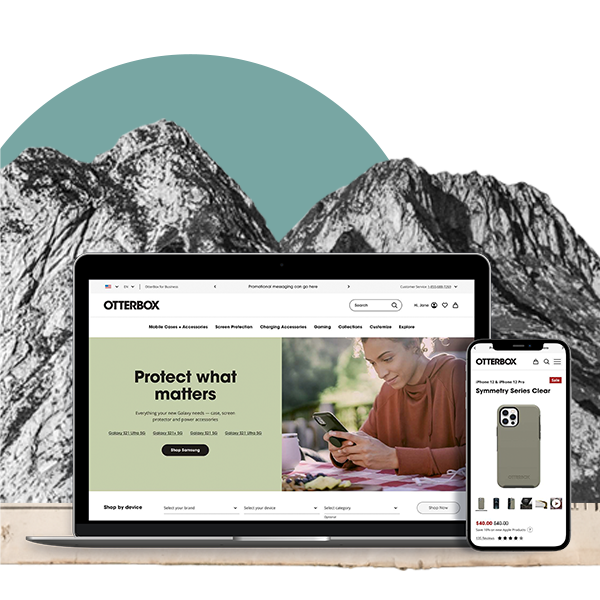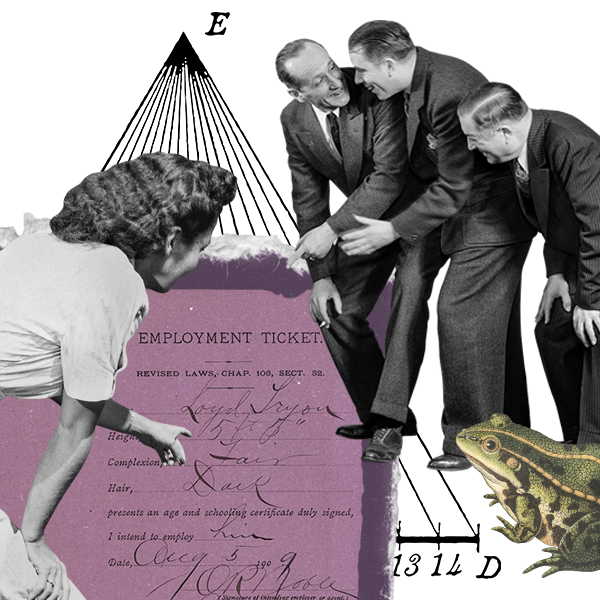Maximizing Efficiency for Call Center Agents with a Custom Scheduling Tool
TimeLine
November 2016 - March 2017
Role
Project Lead
Tools
Figma, Bootstrap / Bootstrap Theme
Background:
Healthgrades is a leading online resource for patients seeking comprehensive information about physicians and hospitals. When the company expanded into offering online appointment scheduling, the call center needed an appointment scheduling tool for agents. As the UX Lead on the project, I was responsible for conducting stakeholder interviews, auditing existing workflows, and designing and architecting a patient scheduling tool for call center agents within their software environment.
Challenge:
The concierge call center needed a parallel workflow experience for agents that utilized existing components, workflows, and consumer touchpoints from the self-service booking tool. The challenge was to integrate existing data capture workflows from the B2C site and other consumer touchpoints within the journey while creating a user-friendly, intuitive experience for call center agents.
Process:
To begin, I identified key stakeholders and users, including agents, patients, practices, and hospitals. I conducted stakeholder interviews and audited the patient self-service scheduling tool, documenting key steps within the workflow, data capture and integrations, components, and consumer messaging. I also audited the consumer site to understand where patient data was being captured across the site and how it might be repurposed to consolidate within the new workflow.
KEY STAKEHOLDERS & USERS
Current State Patient Workflows
To optimize agent handling time, I developed a service blueprint to understand the challenges of the current state and where improvements might be made within the new experience. From there, I mapped new user flows from the agent POV, identifying decision points within the process.
A future state service blue was then generated to understand where process optimization was possible from a usability and technical standpoint.
This simplified generating user flows and mapping out potential decision points within the scheduling experience, ensuring the appropriate screens were developed.
Next, I created sketches and paper prototypes to identify how the page could best accommodate large data sets within the experience.
From these sketches, I developed wireframes and a prototype that was tested by call center agents for usability feedback.
While the project was put on hold due to budget constraints, the potential outcomes of the were significant. The new scheduling tool aimed to increase efficiency and satisfaction rates for both call center agents and patients through more guided experiences reducing handle tomes and scheduling with greater ease and accuracy. Integrating existing workflows into the new agent experience would have meant shorter development times and optimization testing efficiencies. Regardless of outcome, I gained proficiencies in auditing and integrating existing workflows in complex custom platforms into new, adaptable solutions that improve usability and business efficiencies.
Outcome:
Checkout some more work.
Project 1
How I Strategically Optimized the OtterBox Purchase Funnel to Increase E-Commerce Sales by 66.7%
Project 2
How I Leveraged AI to Drive $1m in Revenue and Improve the Shopper Journey for OtterBox Customers Online
Project 3
How I Strategically Helped OtterBox Migrate from Demandware to Salesforce Commerce Cloud
Project 4
How User Research Helped Transform a Legacy Vendor System Through Customer Insights


